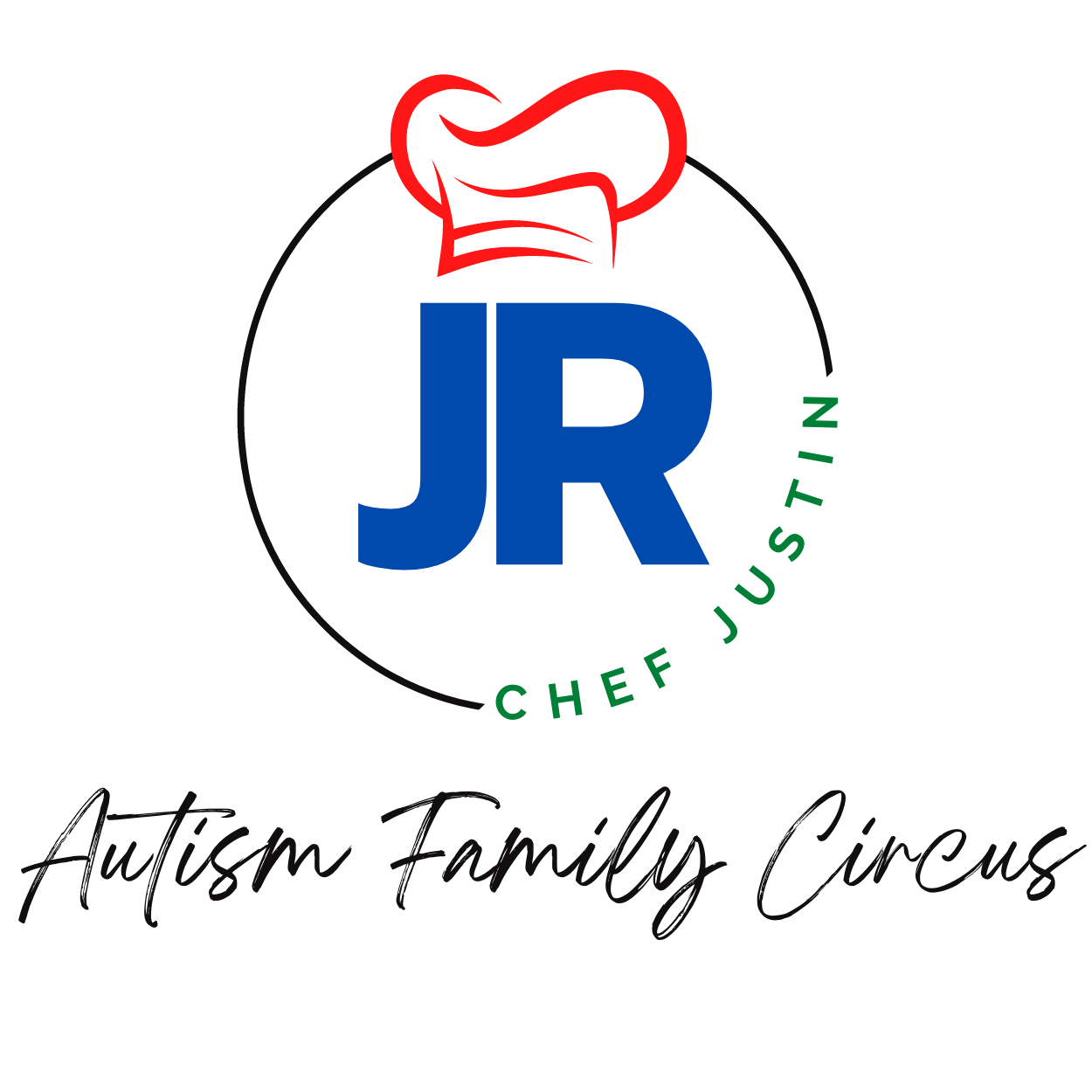I had never heard of hyperlexia until my last doctors appointment. I had learned to read before I could remember. I had attributed it to a military dad who taught us the alphabet with Morse code. I also learned to play chess at an early age. I thought everyone did. Justin is the same way.
Many children with hyperlexia also exhibit characteristics of autism, such as difficulties in social interaction, repetitive behaviors, and restricted interests. However, unlike typical autism, hyperlexic individuals often demonstrate advanced reading skills, sometimes even before the age of three. The presence of hyperlexia in individuals with ASD highlights the heterogeneity within the autism spectrum and the need for personalized interventions tailored to individual strengths and challenges.
Hyperlexia and Ehlers-Danlos Syndrome (EDS): Ehlers-Danlos syndrome is a group of genetic connective tissue disorders characterized by joint hypermobility, skin hyperextensibility, and tissue fragility. While hyperlexia is not a recognized feature of EDS, anecdotal reports and emerging research suggest a potential association between the two conditions. Some individuals with EDS, particularly those with the hypermobile subtype, may exhibit traits reminiscent of hyperlexia, such as advanced language skills and an early interest in reading. Justin and I both have EDS.
The co-occurrence of hyperlexia with autism and EDS presents unique challenges for diagnosis and intervention. Individuals with hyperlexia and ASD may require specialized support to address both their advanced reading abilities and social communication deficits.
Similarly, those with hyperlexia and EDS may benefit from multidisciplinary care to manage the physical symptoms of EDS while nurturing their cognitive strengths.
Hyperlexia serves as a fascinating intersection point between autism and Ehlers-Danlos syndrome, highlighting the complex interplay between genetic, neurological, and developmental factors. By recognizing and understanding the relationship between hyperlexia and these conditions, clinicians and researchers can better tailor interventions to meet the diverse needs of affected individuals. Future studies exploring the underlying mechanisms and shared genetic pathways may provide further insights into the etiology and management of hyperlexia in the context of autism and EDS.

